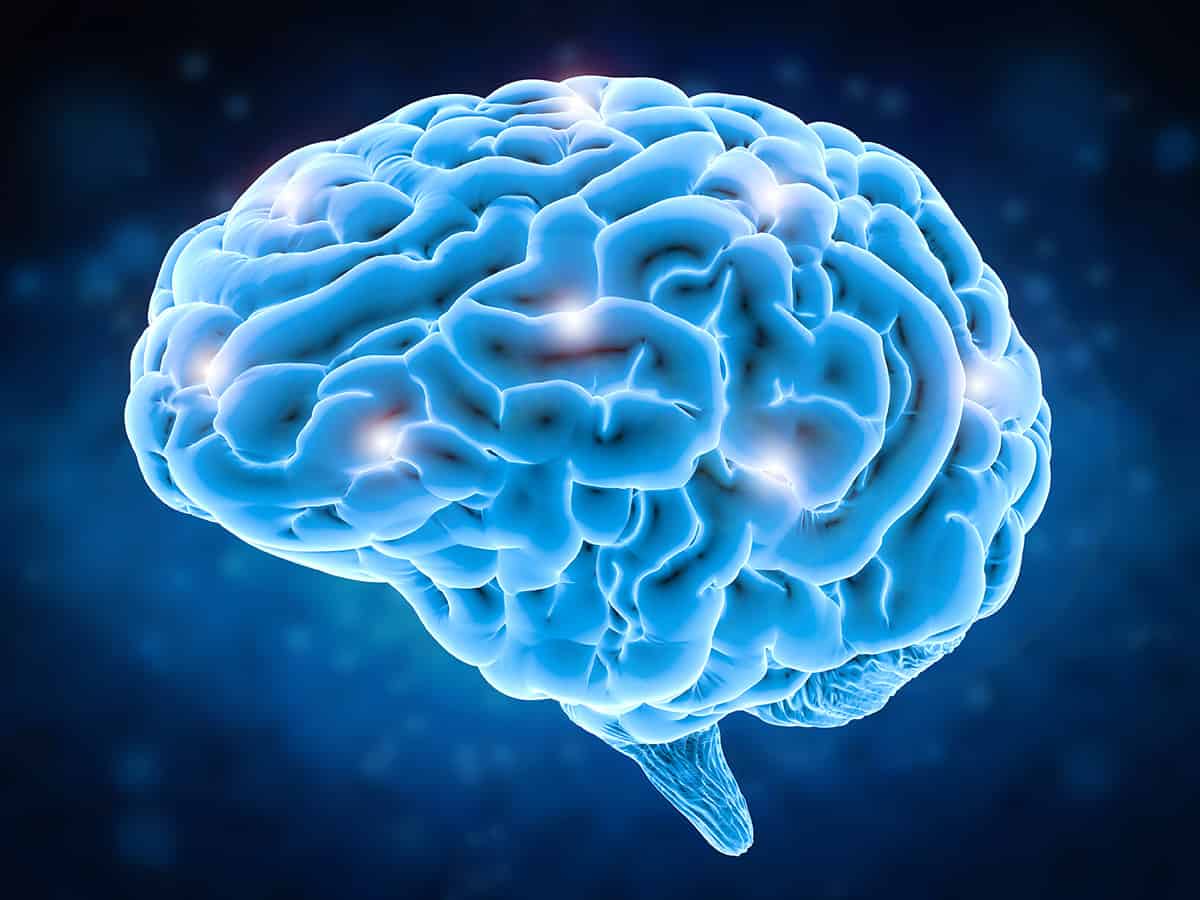This episode of the Physics World Weekly podcast looks at how new technologies can improve our health and how we perceive our surroundings.
First up is Kostas Kostarelos of the UK’s University of Manchester, who talks about the exciting role that graphene can play in the development of medical devices that connect to the brain with minimal invasiveness. He also chats about his involvement with the Spanish company Inbrain Neuroelectronics, which is developing graphene-based technologies for treating epilepsy, Parkinson’s disease, and other brain related disorders.
Then Ben de Mayo of the University of West Georgia in the US takes over with a lively discussion about the science of sight and sound. De Mayo has just published the second edition of his book The Everyday Physics of Hearing and Vision and chats about how technologies such as cochlear and retinal implants work. He also talks about the amazing optical and acoustic capabilities of the mantis shrimp and the future of sensory augmentation.
